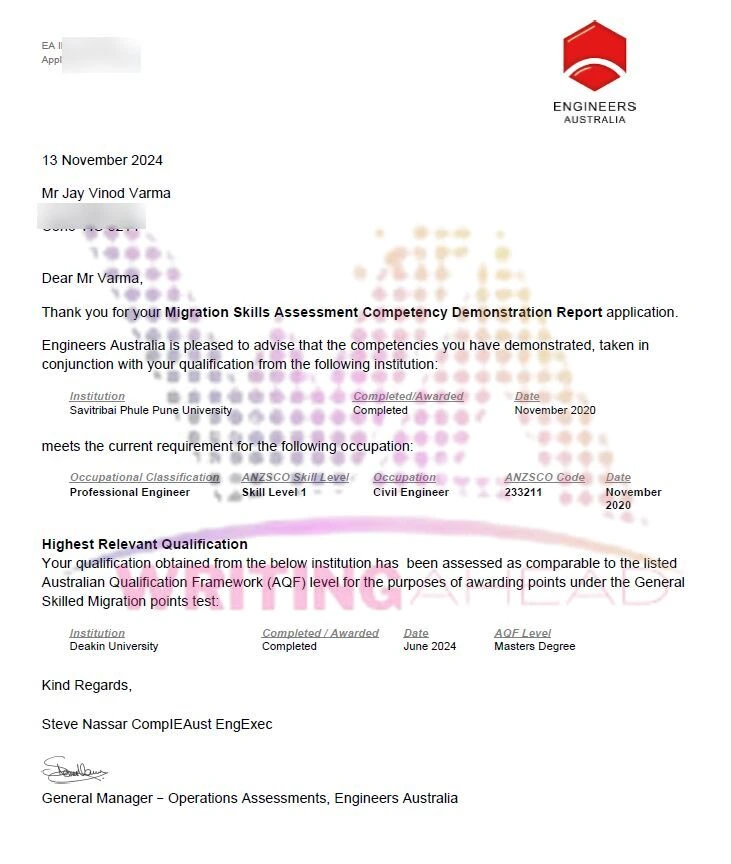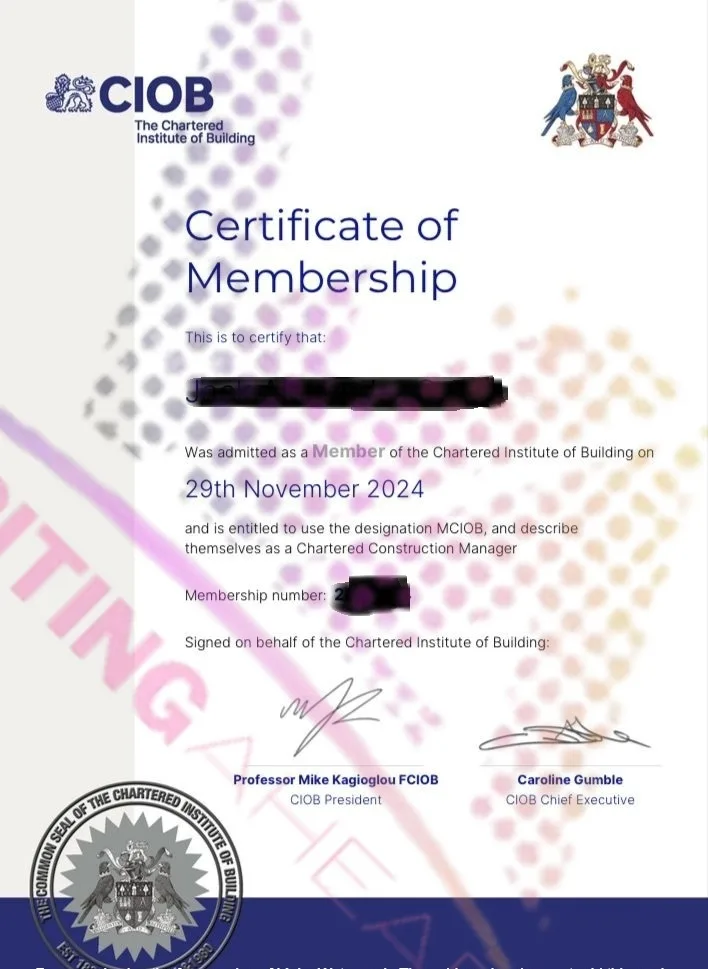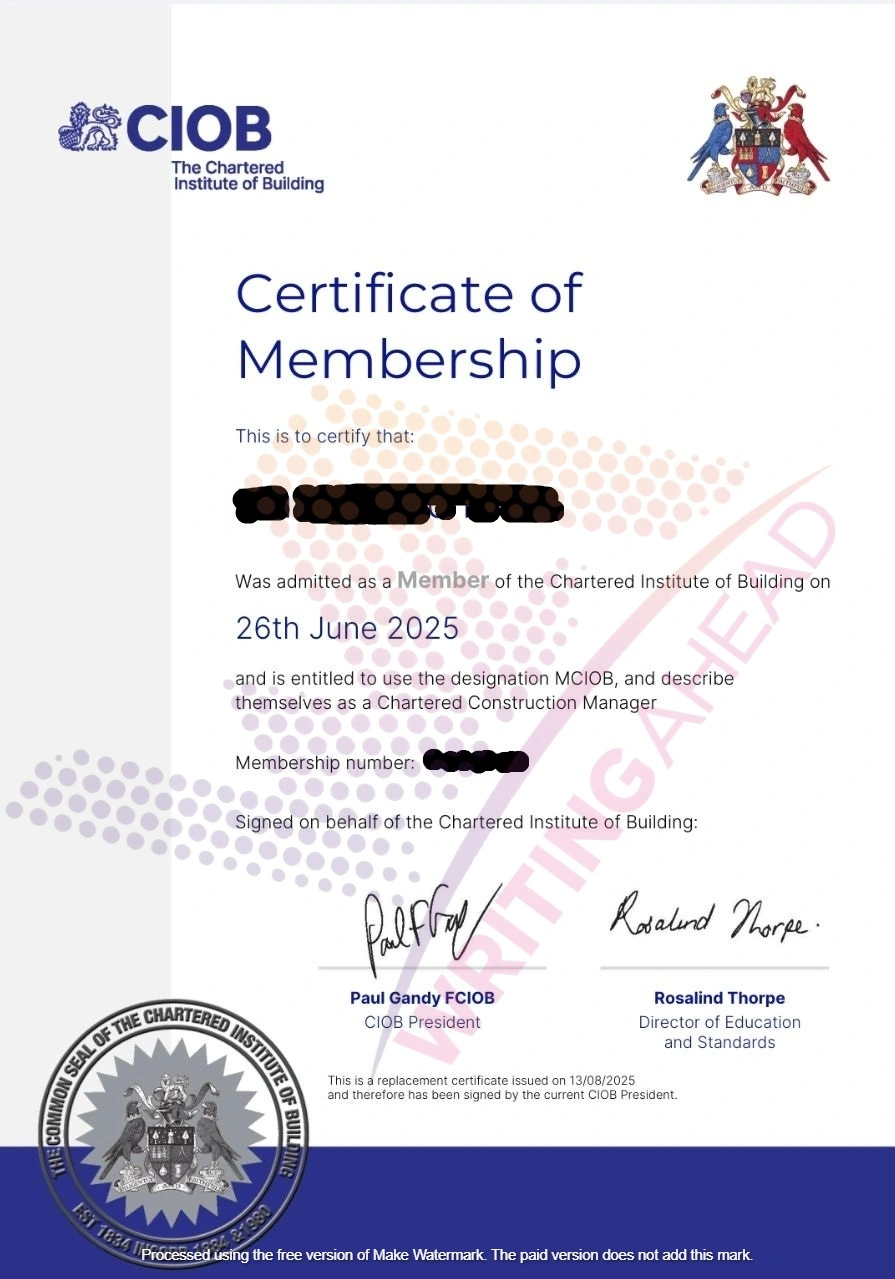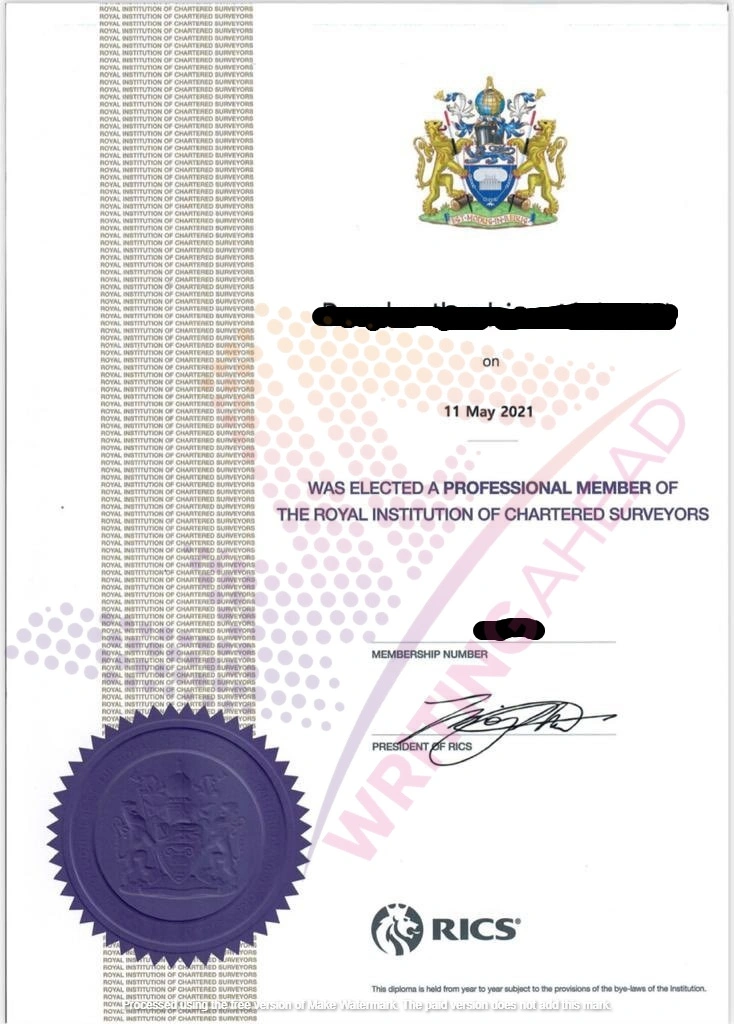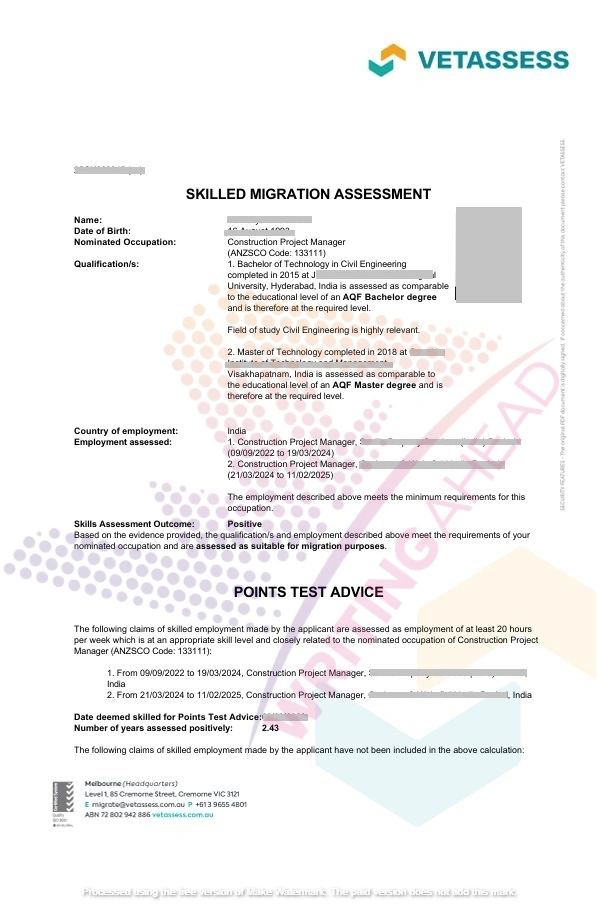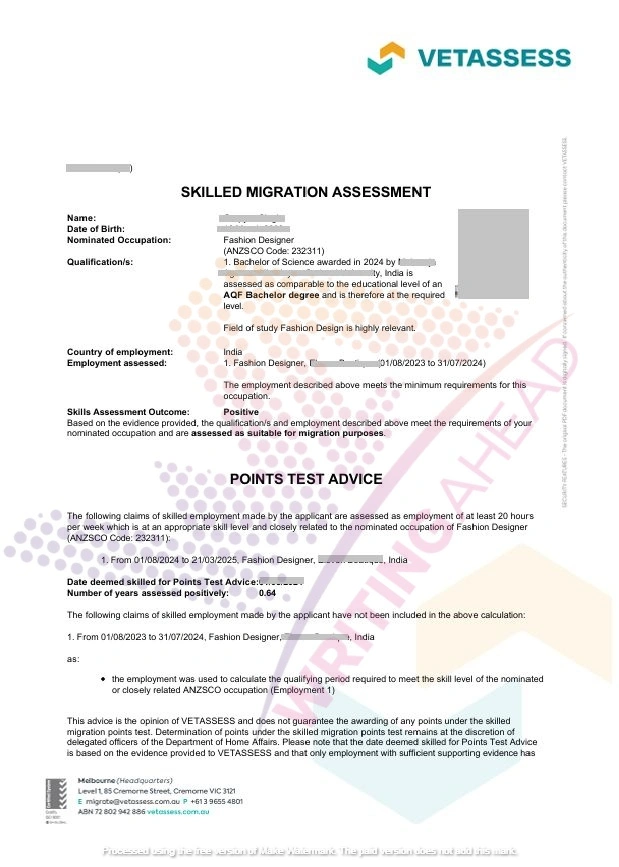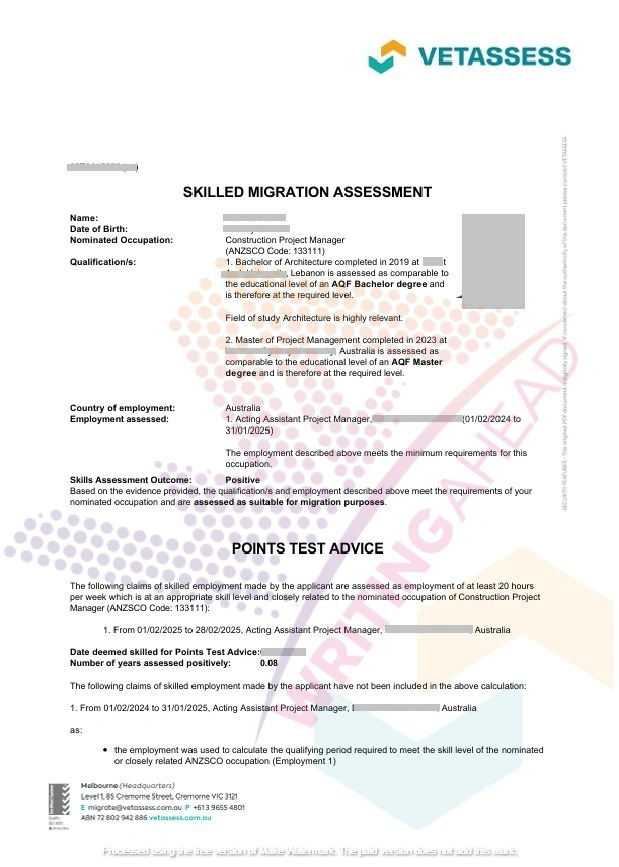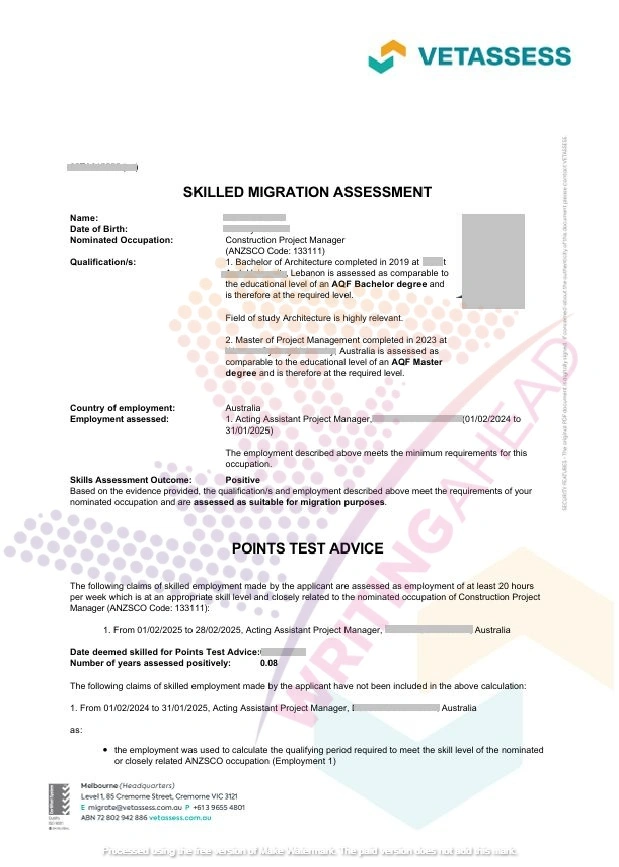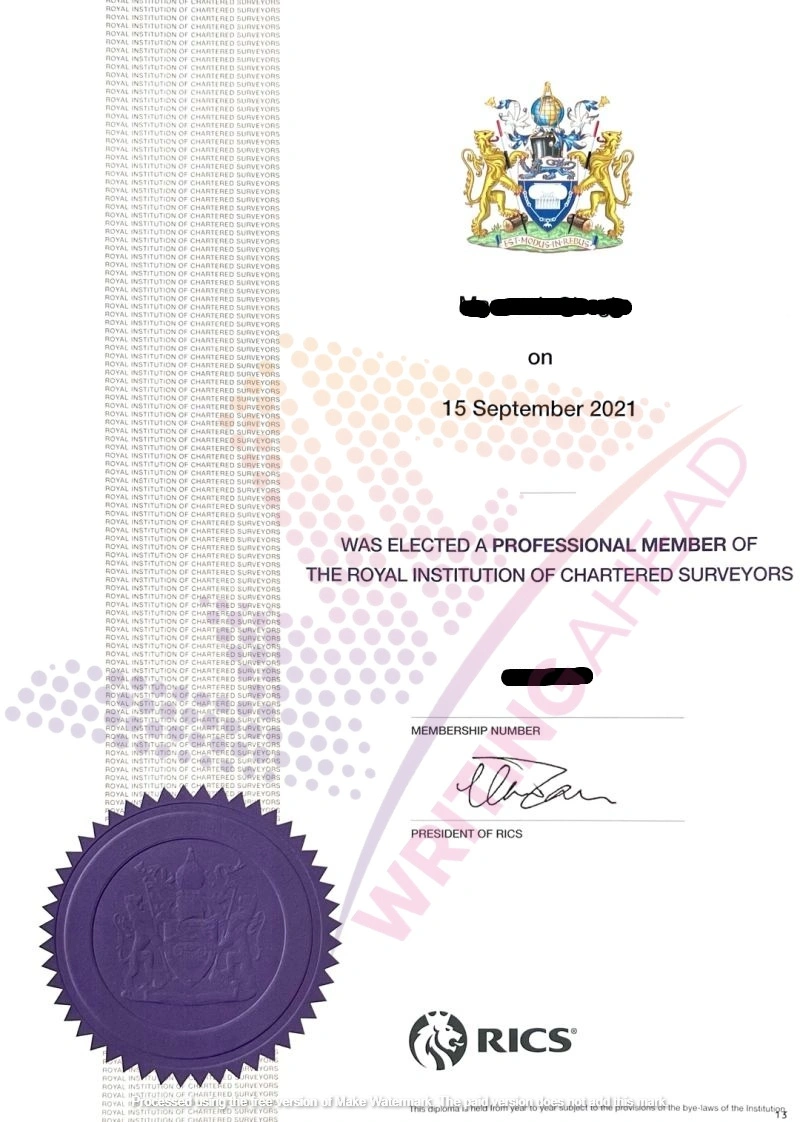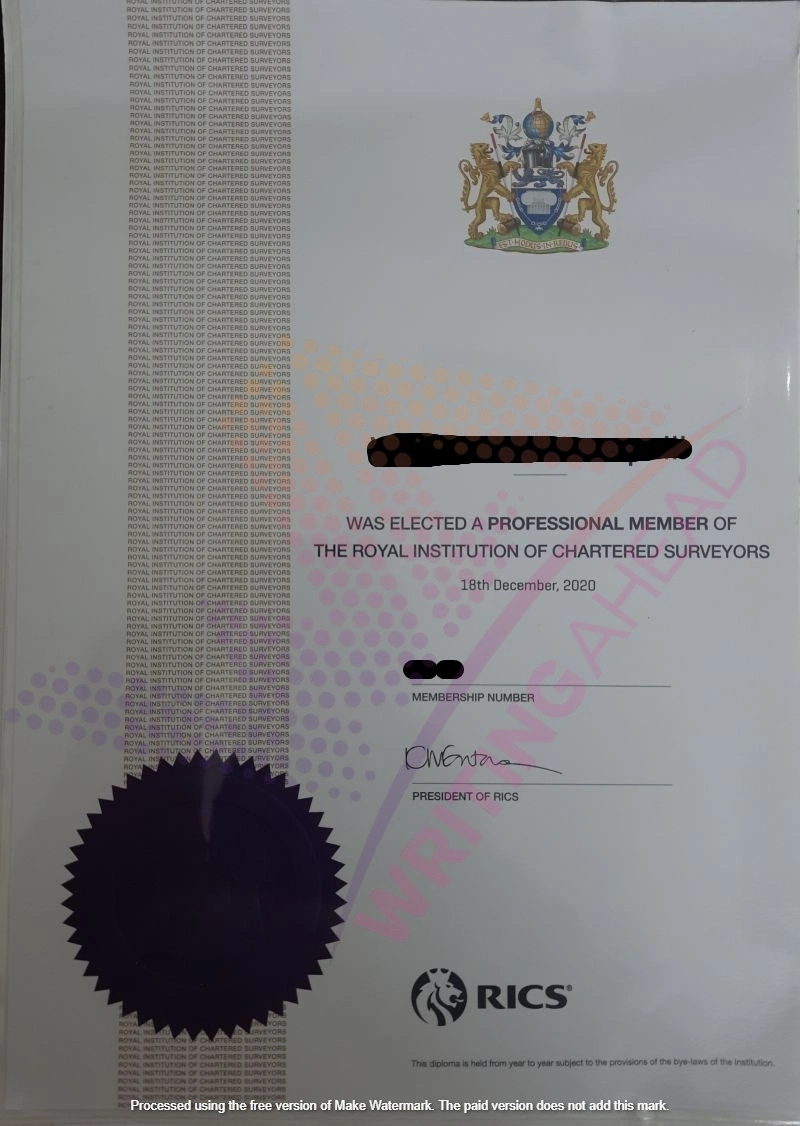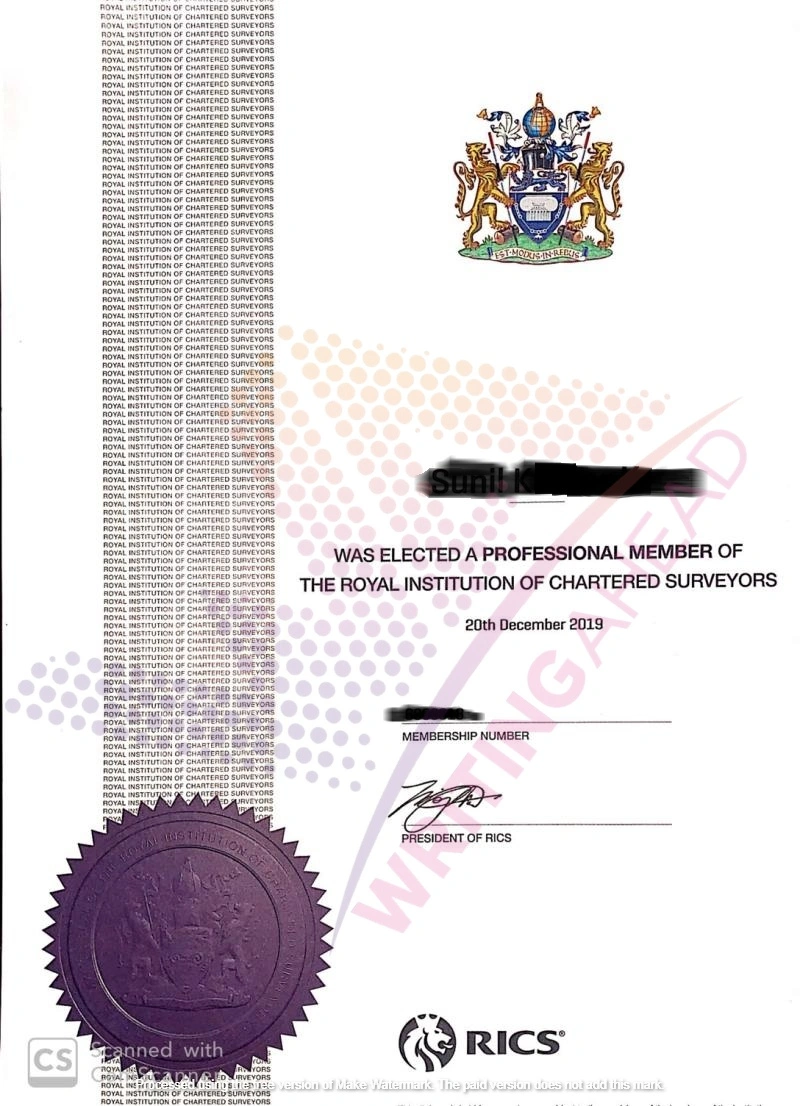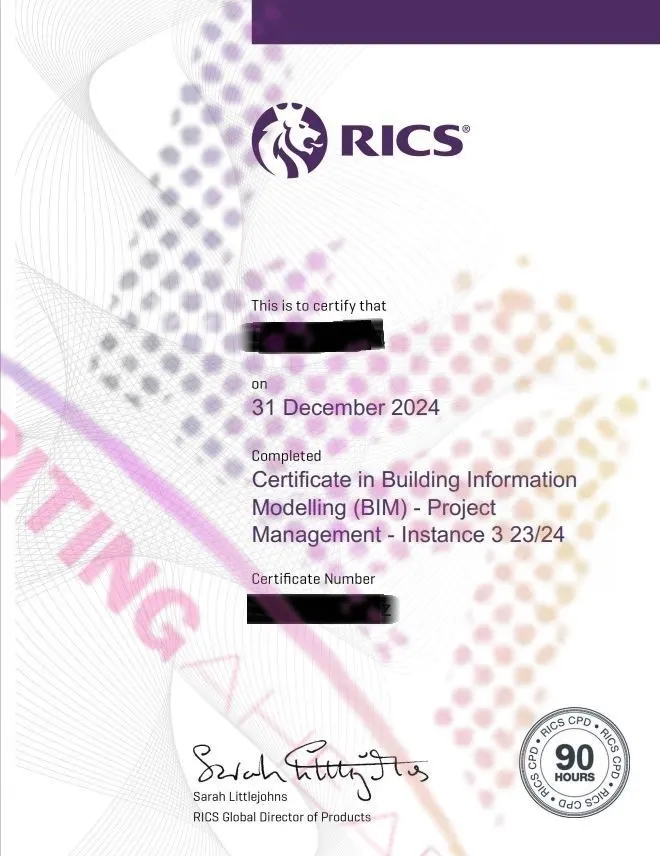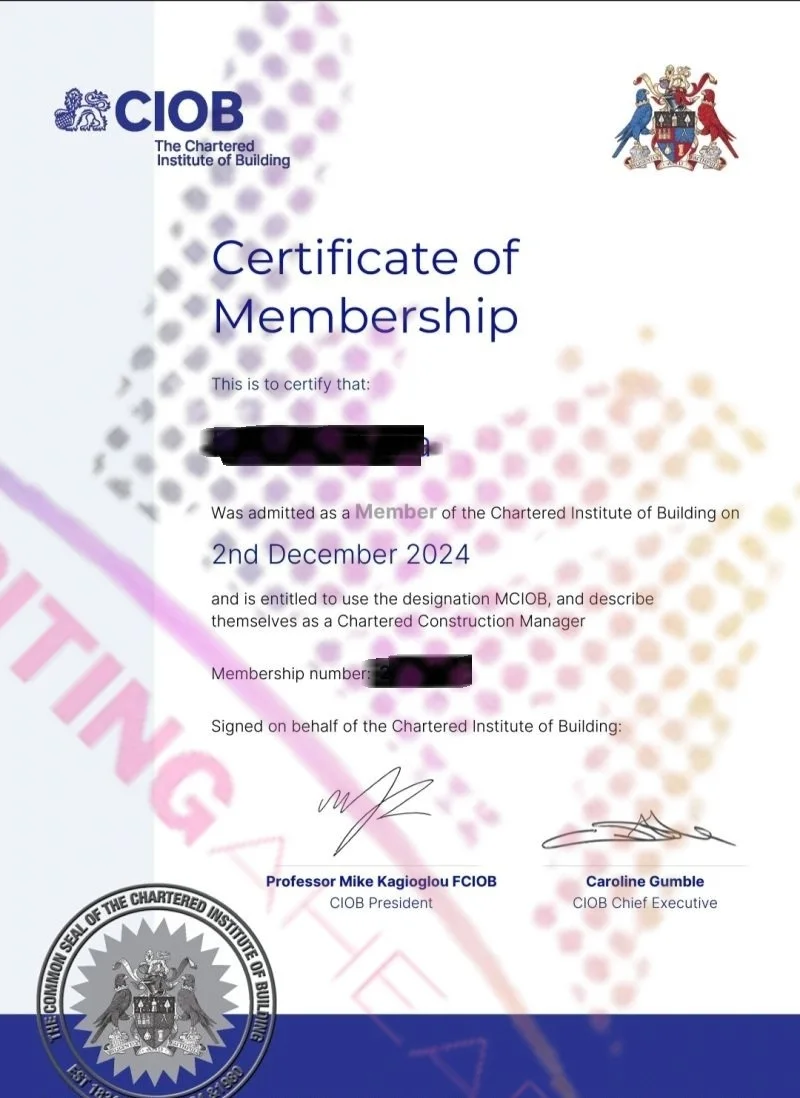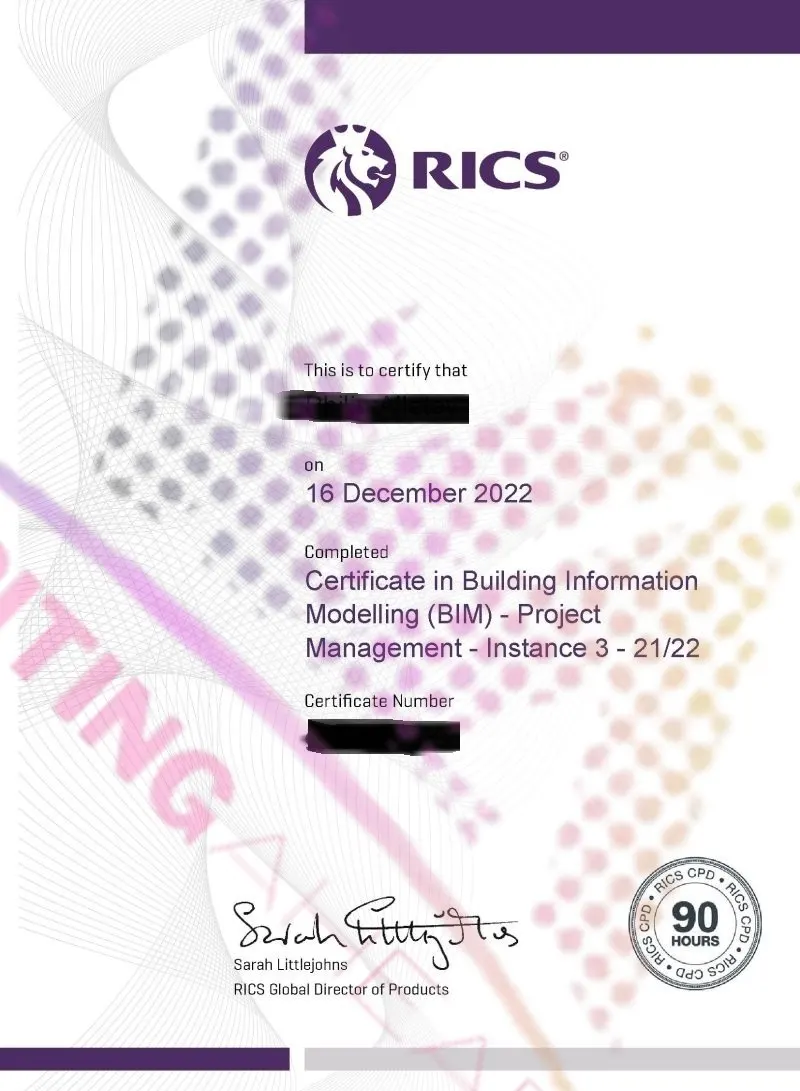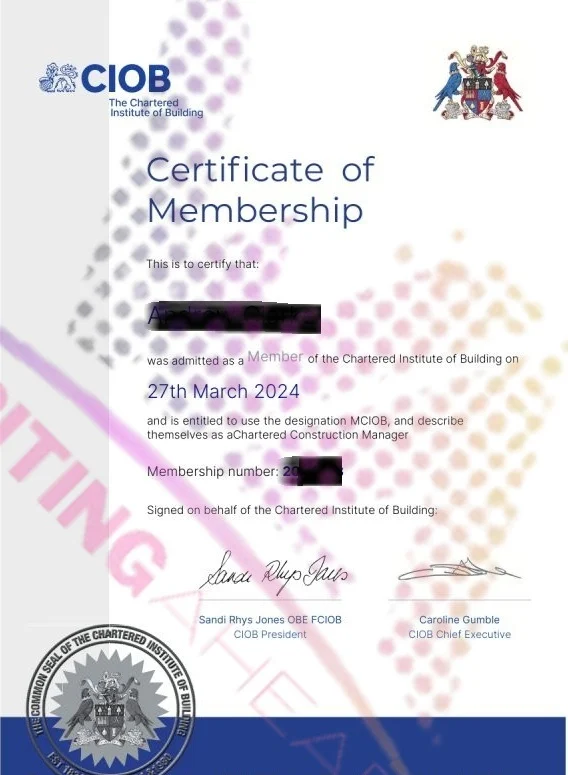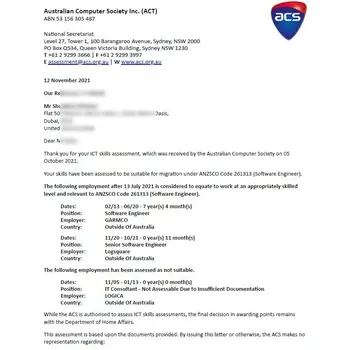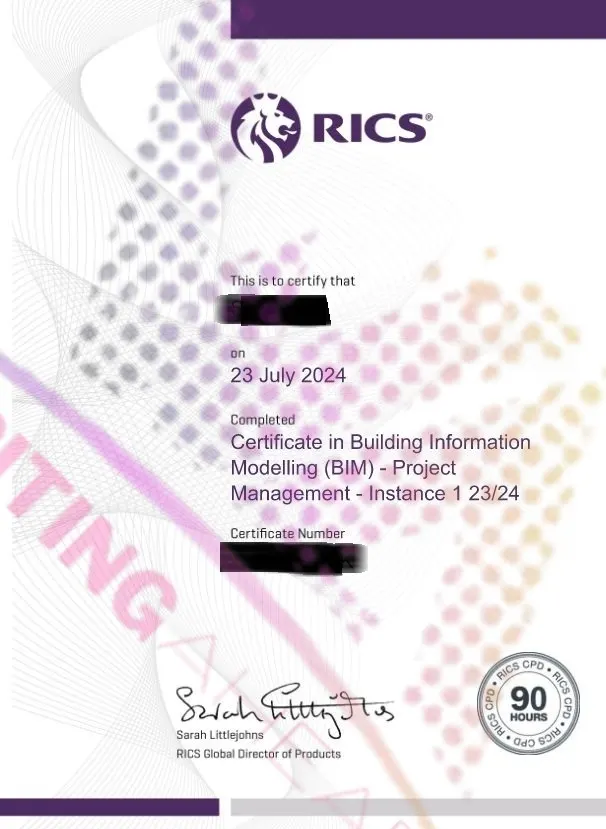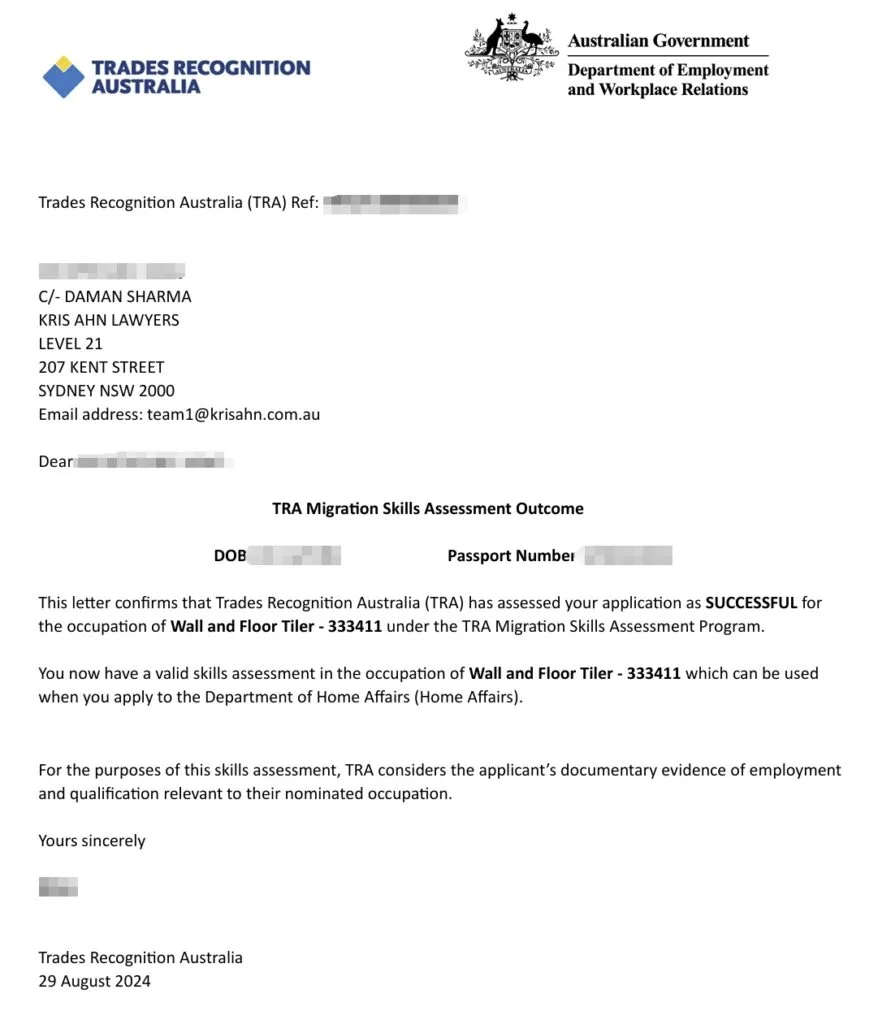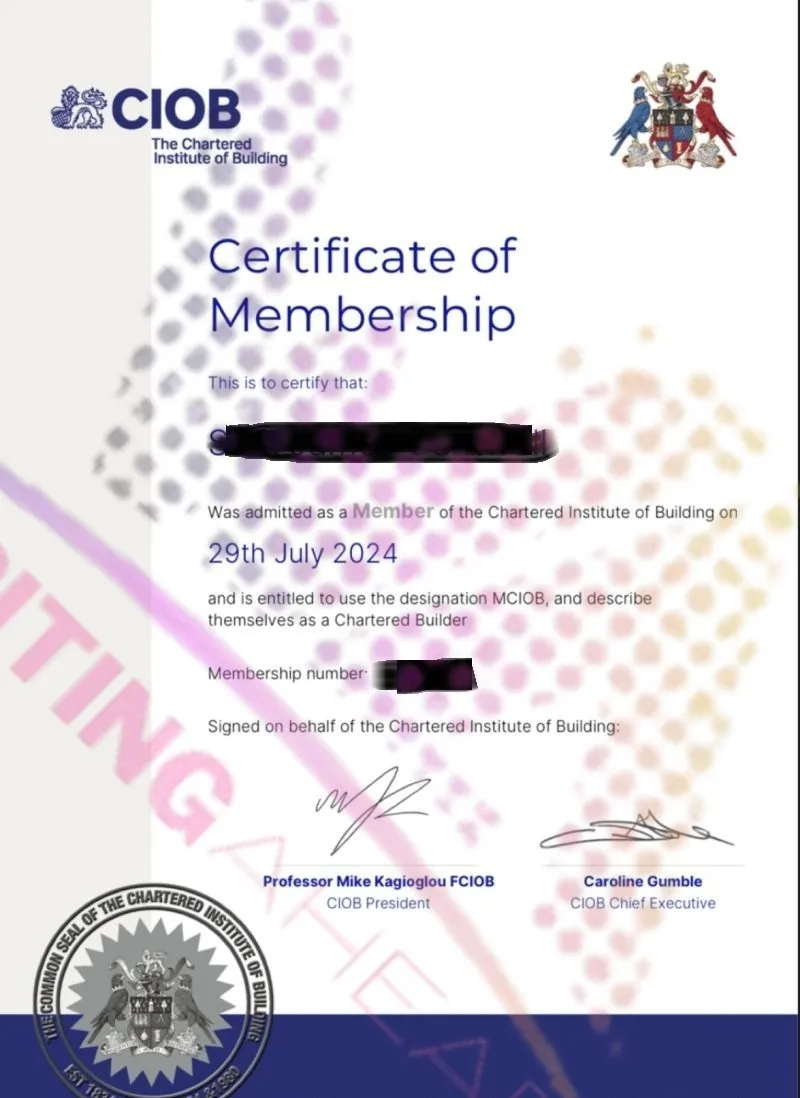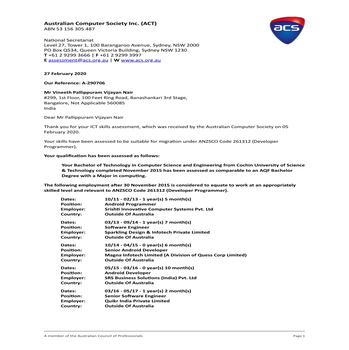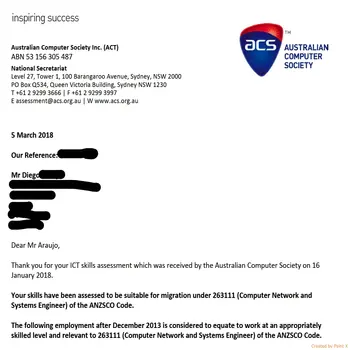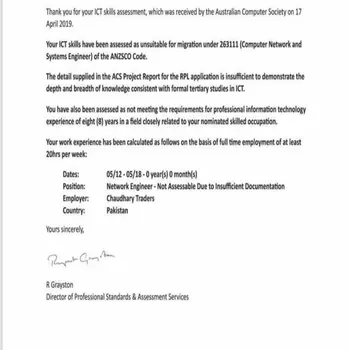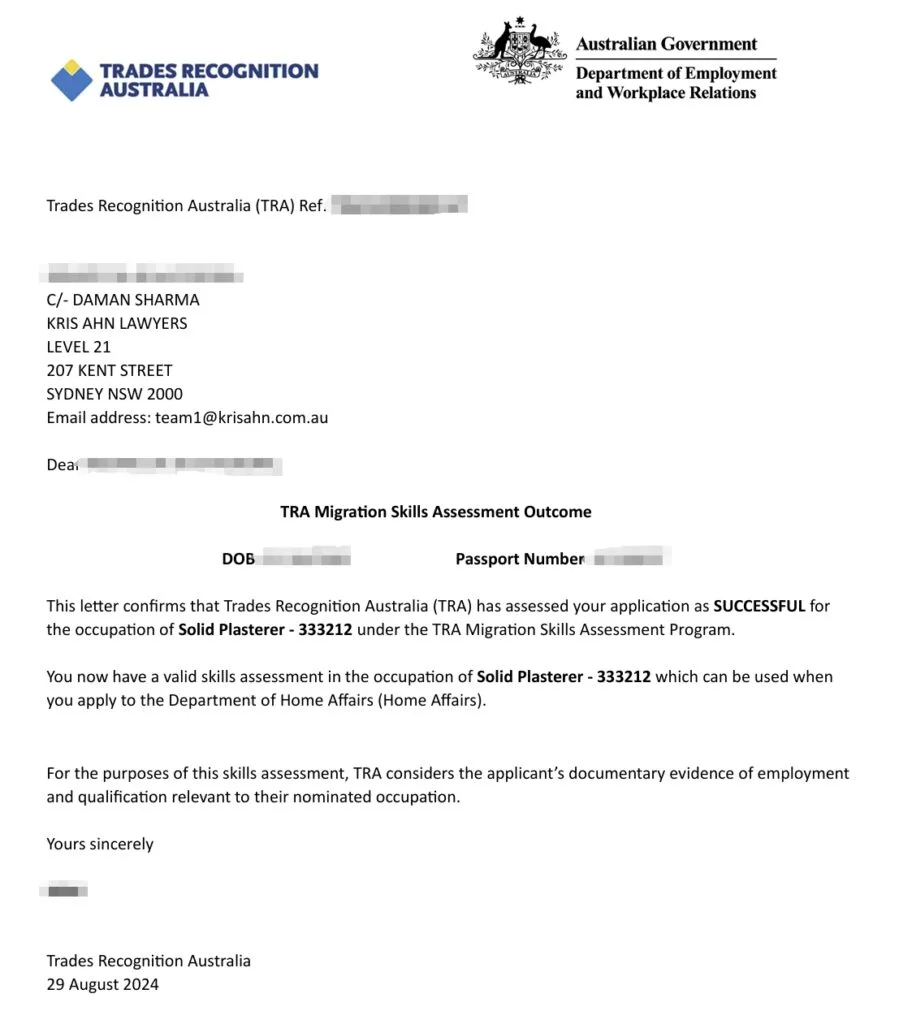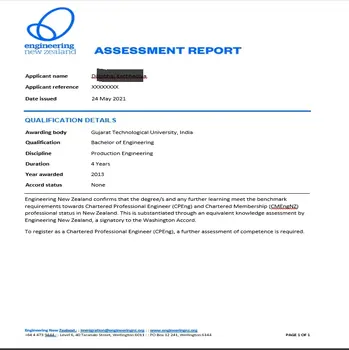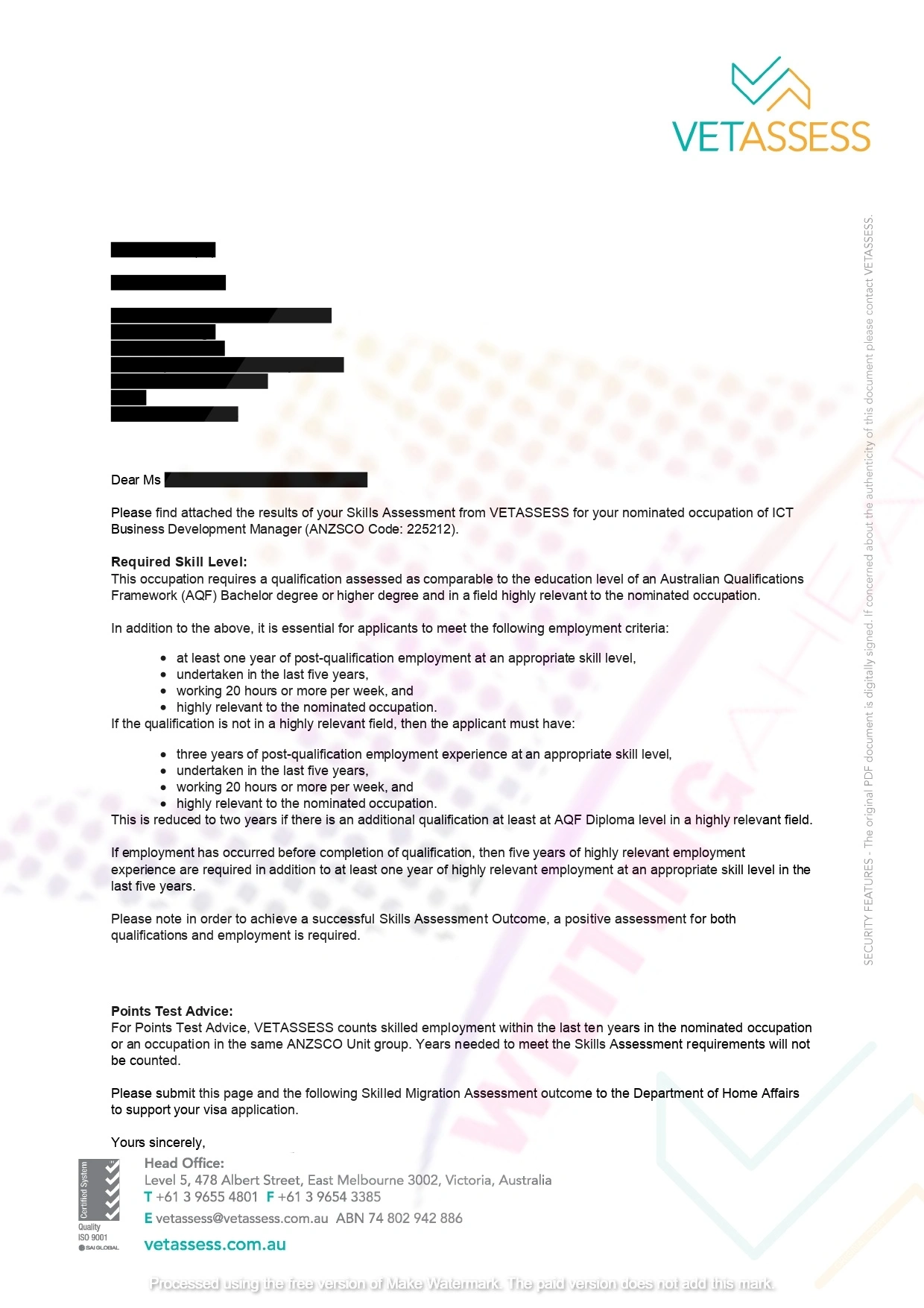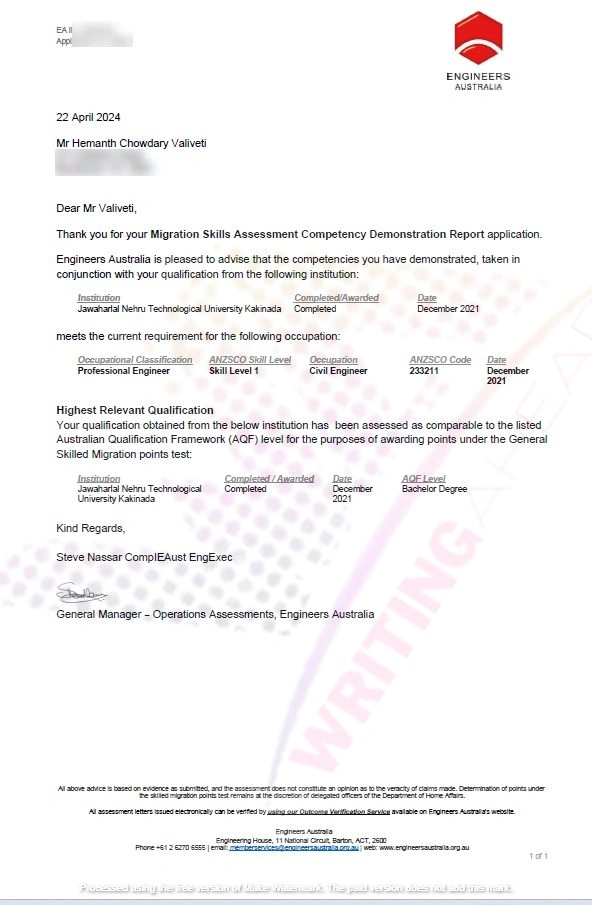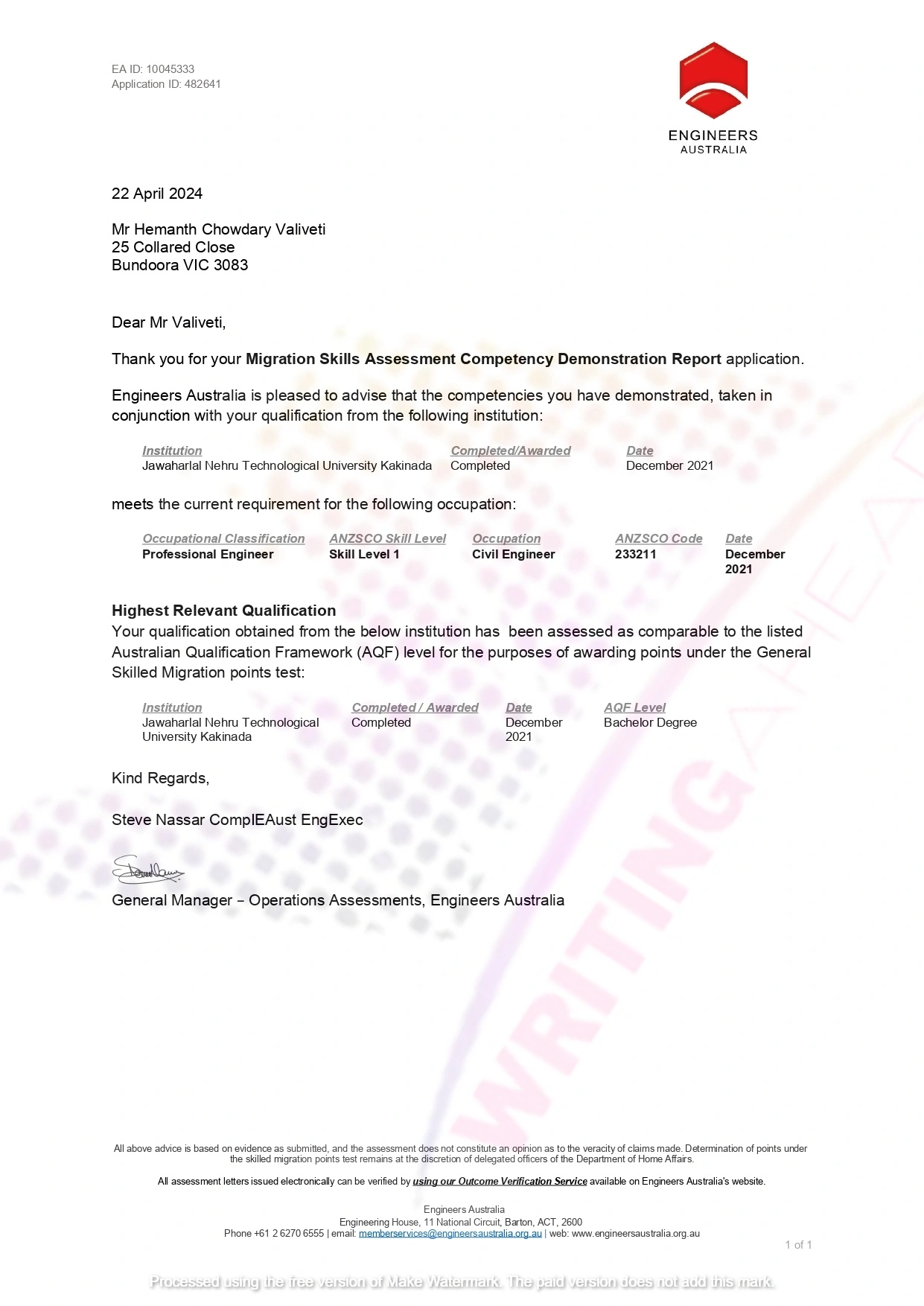Stage 2 Competency Assessment: CDR Stage 2 Report
🏅 4.9/5 Rating
Certified Experts
💯 Privacy
Premium Quality
🏅 4.9/5 Rating
Certified Experts
💯 Privacy
Premium Quality
Stage 2 Competency Assessment or Cdr Stage 2 is the final step for engineers seeking of to gain Chartered membership with Engineers Australia. This evaluation evaluates an engineer’s capability to use know-how and talents within the exercise of engineering at a expert stage. It is greater superior than the Stage 1 Competency Assessment, which in general makes a speciality of the foundational skills associated with engineering schooling and preliminary expert development.
A civil engineer who works in Australia must pass Stage 2 to become CPeng and register for government projects.
The Stage 2 Competency Assessment is designed to evaluate whether or not an engineer can display the attributes expected of a Chartered Professional Engineer. This includes a excessive stage of technical information, the capacity to manage complicated projects, and the ability to exercise sound judgment inside the exercise of engineering. Achieving Chartered status through this assessment indicates that an engineer has met across the world benchmarked requirements of professional competence.
It is the very last step for engineers who need to advantage full professional recognition, permitting them to take on leadership roles, sign off on engineering projects, and enhance profession opportunities.
| Achieved Chartered Status (CPEng) | Chartered status is the best recognition an engineer can achieve in Australia. | Demonstrates technical information, ethical selection-making, and leadership. | Allows engineers to steer complicated projects and mentor junior engineers. |
|---|---|---|---|
| Qualifies for National Engineering Register (NER) Listing | Engineers who pass Stage 2 can check in on the National Engineering Register. | NER accreditation complements credibility and job opportunities. | Many government and private sector projects require NER registered engineers. |
| Meets Legal & Industry Requirements (RPEQ & Other Licenses) | Stage 2 Competency is mandatory for RPEQ registration. | Many state and federal engineering roles require Chartered or NER registration. | |
| Demonstrates Leadership & Independent Engineering Practice | Stage 2 certifies that engineers can work independently with out supervision. | It confirms an engineer’s ability to make sound technical and ethical selections. | Chartered Engineers are often appointed as team leaders, venture managers or specialists. |
| Increases Global Recognition & Career Growth | Chartered Engineers (CPEng) are internationally recognized through agreements like the Washington Accord. | Opens doors to global engineering jobs, consulting roles and higher salaries. |
Whether you want complete Stage 2 Competency Assessment aid or just professional insights, Writing Ahead is right here to assist you in reaching your profession desires in Australia. Get in touch nowadays to make certain a a success assessment and expert reputation!
Achieving Chartered status via Engineers Australia's Stage 2 Competency Assessment includes a couple of pathways, tailor-made to house the diverse backgrounds and experiences of engineers. These pathways allow engineers to illustrate their capabilities and achieve recognition as Chartered specialists, that's a mark in their knowledge and ethical exercise in the area. Here are the primary pathways to be had for Stage 2 Competency Assessment:
The Professional Development Program is a based pathway designed for engineers who're hired and able to adopt quite a number work-primarily based initiatives that together show the Stage 2 Competencies. This pathway calls for:
The ECC pathway is suitable for engineers who have large revel in and can show the specified Stage 2 Competencies via detailed competency claims. This is a self-directed pathway wherein engineers:
This pathway is designed for senior engineers who've considerable engineering enjoy (generally extra than 15 years). The MEE pathway acknowledges the intensity and breadth of revel in, permitting engineers to:
The Engineering Competency Report is right for engineers who won't have the continuous work history required for the PDP or ECC but can reveal the Stage 2 Competencies thru 3 specific project reports. The ECR pathway involves:
The MRA pathway provides a fast-track to Chartered membership to engineers who are already Chartered engineers, or who have already had their engineering diagnosis conducted with the assistance of a foreign institution, which has a similar agreement on its reputation with Engineers Australia concerning reputation. The engineers must:
The Stage 2 Competency Assessment is geared toward engineers who're devoted to reaching excellence in their expert practice. It is suitable for those who want to validate their capabilities, know-how, and expert conduct at a sophisticated degree. Successfully passing this assessment and reaching Chartered reputation isn't only a non-public achievement but also a professional milestone that complements an engineer’s capacity to make a contribution effectively and ethically to the engineering career.
When getting ready for a Stage 2 Competency Assessment with Engineers Australia to reap Chartered reputation, it's far important to keep away from common pitfalls that can prevent the technique. Here are a few frequent errors that engineers make in the course of this assessment and tips on the way to avoid them:
Here are Top 8 mistakes to avoid
| Mistake: | Solution: | |
|---|---|---|
| Underestimating the Preparation Required | Not allocating sufficient time for thorough instruction, main to rushed submissions and insufficient documentation. | Begin early and prepare a complete plan of how you would develop your competency claims or challenge reports. Make sure that you are well aware of the skills and standards. |
| Missing Specific Evidence in Claims of Competency | The supplying of imprecise or excessively expansive descriptions that fail to display in a special way how each of the competencies has been achieved. | Include special examples and proof that without delay relate to every competency. Use clean, concise language to describe unique tasks, roles, outcomes, and personal contributions. |
| Insufficient Documentation of CPD (Continuing Professional Development) | Failing to preserve or document ongoing expert improvement activities comprehensively. | Maintain daily records of all CPD events which will consist of workshops and seminars, schooling and readings relevant to your area. Make sure that such activities would go into your professional growth and skills. |
| Failure to Follow the Recommended Formats | Failure to follow the recommended formats as laid out by the Engineers Australia with regards to documentations and submissions. | Follow the Engineers Australia pointers meticulously, together with the shape and layout for presenting competency claims, assignment reviews, and the precis assertion. |
| Overlooking the Need for a Mentor or Peer Review | Attempting to complete the competency assessment without seeking comments or steering. | Involve a mentor or a peer that is already Chartered to run-through your submissions. The input of peers can help identify the gaps and areas in development. |
| Not Taking Time to Review the Professional Roles and Influence | Focusing only on the technical aspects without thinking of the overall impact of your action at the crew, employer, or industry. | Provide reflections to expert practice, where leadership, ethics, and contributions, in the engineering network or the place that you work, encompass. |
| Ignoring Leadership Skills and Social Skills | Concentrating only on the technical skills but failing to show leadership qualities, communique and collaboration skills. | Write examples of times that you have been effective in leading groups, performing tasks, communicating complex ideas. Stress on your role in mentorship of other people and contribution to team settings. |
| Failure to take sufficient consideration of ethics standards and sustainability | Excluding the examples of compliance with ethical ways and sustainable engineering responses. | Well explain how you have integrated ethical concerns and sustainability on your engineering projects and decision-making practices. |
Poor competency mapping has resulted in the failure of many engineers- make sure that ECCs correspond to the 16 competencies of EA.
This guide presents crucial writing guidelines and recommendations to help you efficiently put together your Stage 2 assessment.
| Title | Date | Duration | Learning Outcome |
|---|---|---|---|
| AI in Construction | June 2023 | 8 hours | Learned automation tools for project management |
| AS 3000 Wiring Rules Workshop | May 2023 | 6 hours | Improved understanding of Australian electrical standards |
To entire the Stage 2 evaluation, you have to submit the subsequent files:
Want guaranteed success in your CDR Stage 2 assessment? WritingAhead, with years of expertise and a 100% success rate, offers professional help. Choose our fast-track CDR writing for quicker approval!
Yes, you may apply the same projects which you have in your Stage 1 CDR for Stage 2 Competency Assessment, though these are supposed to be extended to reflect professional competency, management, and independent practice. Be certain your Engineering Competency Claims (ECCs) and Experience Record (EER) are consistent with the requirements in Stage 2 by Engineers Australia.
The success rate of of the Stage 2 Competency Assessment is generally 49% for properly-organized packages. However, with WritingAhead's professional steerage, your chances of approval can attain 100% by using making sure your Engineering Competency Claims (ECCs), Engineering Experience Record (EER), and CPD reviews meet Engineers Australia’s genuine requirements.
Yes, in case you fail in the Stage 2 Competency Assessment, you might spellbound the decision through Engineers Australia evaluate process. You must cast an appropriate charm within the unique time frame, acquainting additional evidences or explainations in solving the problems encountered in the evaluation. Professional steer which take in counting the services of WritingAhead can help you sharpen your attraction and upsurge your chances of success.
In popular, success within the Stage 2 Competency Assessment depends on how nicely you comply with Engineers Australia’s guidelines. To maximize approval chances, it's nice to hire professional experts like WritingAhead, who ensure a nicely-dependent, compliant, and first rate submission—making sure successful consequences.
Yes, the Stage 2 Competency Assessment is definitely really worth it for engineers looking for Chartered Status (CPEng) or National Engineering Register (NER) popularity. Achieving Chartered Engineer popularity complements profession possibilities, expert credibility, and international reputation, making you extra competitive inside the task market. Additionally, it opens doorways to better salaries, leadership roles, and enterprise recognition. For a clean approval system, searching for professional steering from WritingAhead guarantees a nicely-prepared and a hit submission.
Yes, it is legal to take expert help for your Stage 2 Competency Assessment, so long as the assistance is moral and compliant with Engineers Australia’s tips. Professional offerings like WritingAhead provide steering, structuring, and remarks that will help you present your personal revel in efficiently. However, the content need to mirror your personal capabilities, experience, and skills to keep authenticity and avoid plagiarism or misrepresentation.

